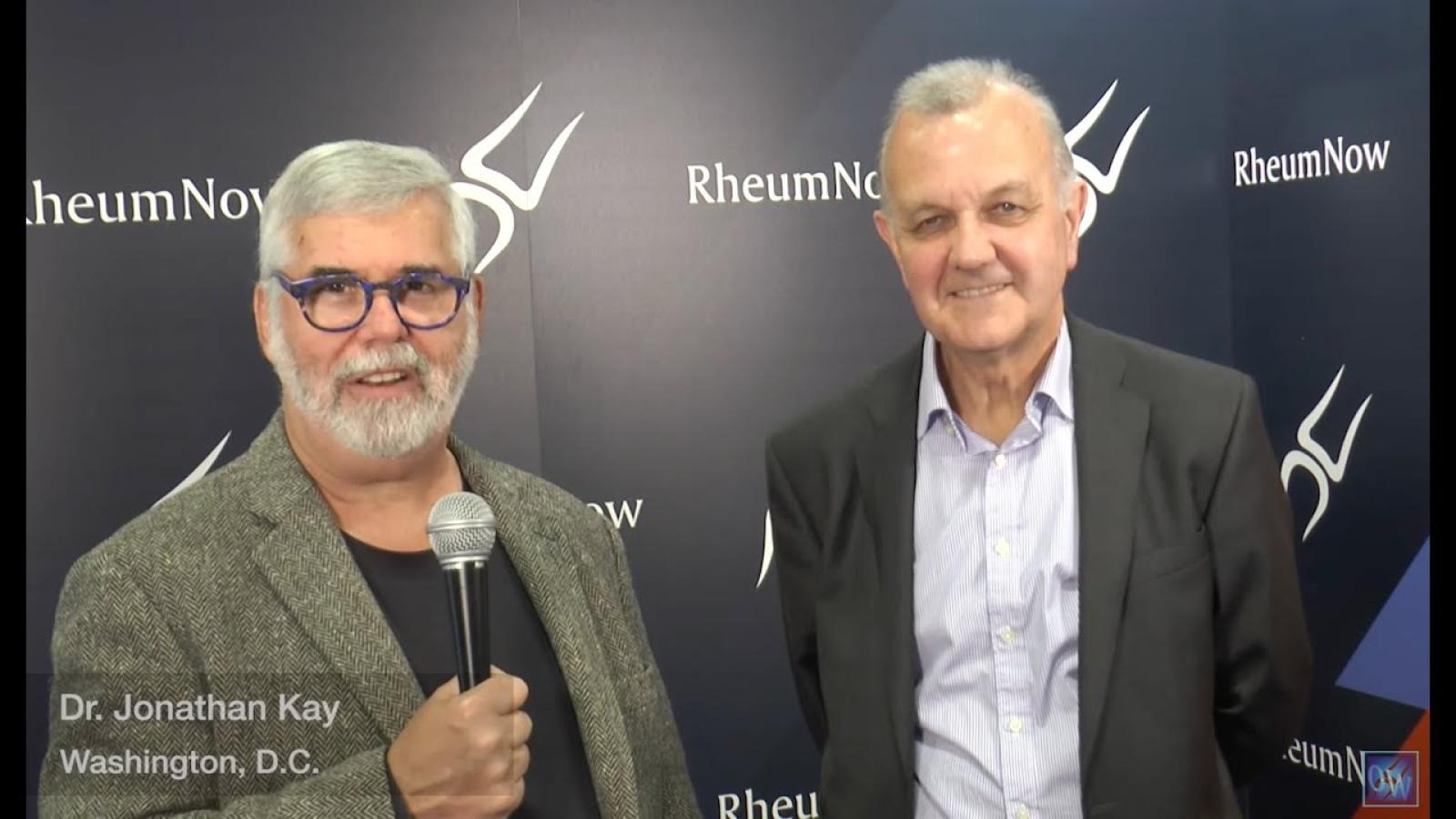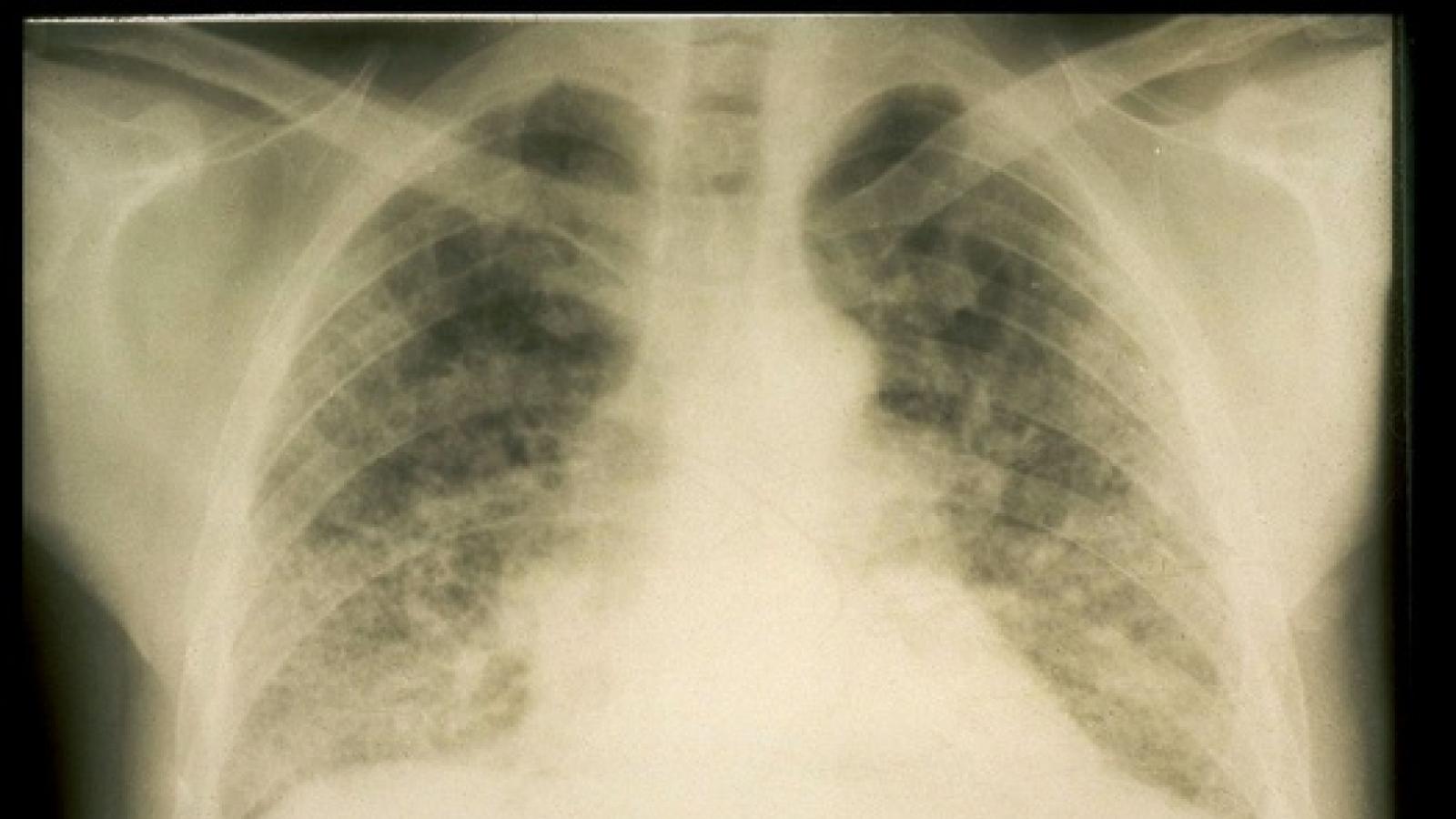Rheumatoid Arthritis
Are emulation ‘trials’ helpful, despite the biases that occur with observational data, or do they truly mimic the results of randomized controlled trials (RCTs)?
Unlike traditional imaging techniques, MSUS can be easily used at the point-of-care and offers high-resolution images of joints, tendons, and soft tissues, facilitating the early detection of inflammation and structural damage. On Saturday, November 16th at the ACR Convergence 2024, Dr. Veena Ranganath, Dr. Gurjit Kaeley, and Dr. Catherine Bakewell will present the “Proposed ACR Guidance for Use of Musculoskeletal Ultrasound in Rheumatoid and
Despite all its benefits, ultrasound’s daily clinical use remains the domain of only a subset of interested rheumatologists. If the benefits are so clear, then why is it not universal? In the late-breaking oral abstracts at ACR Convergence, the final abstract presentation was from the Danish rheumatologists behind ARTHUR and DIANA: the robot which holds the MSK ultrasound probe, and the artificial intelligence brains which empowers it. Perhaps
A recent study by Sparks et al reveals evolving trends in DMARD usage for rheumatoid arthritis over two decades in the United States. This retrospective analysis evaluated 407,728 DMARD initiation episodes among 229,365 unique patients from 2001 to 2021.
Join Drs. Jack Cush and Artie Kavanaugh as they review 15+ presentations and abstracts from the 2024 ACR Convergence meeting in Washington, DC.
Many of our diseases are made worse by obesity, notably rheumatoid arthritis, psoriatic arthritis, and osteoarthritis. Much of the refractory pain and suffering from these conditions might be attributable to obesity, so active questions will be raised about how GLP-1 agonists can influence the diseases we treat.
The global population is aging and none of our rheumatic diseases are immune to the impact of the complexities and so-called “geriatric syndromes”, including sarcopenia, frailty, falls and cognitive impairment, associated with the aging process. Whilst we are increasingly aware of these syndromes, it is sometimes overwhelming to consider just how we may incorporate the unique needs of our older patients into our already busy clinical practice –
Over the past 5 years, there has been growing interest in RA-ILD due to its relative prevalence and severity. This seems to be one of the few RA outcomes not improving much, even with the advent of expanded treatment options. There is also a shocking lack of trial data. This year, there were two oral sessions dedicated to RA-ILD, one of which even the overflow room was standing room only, in addition to many posters.

























 Poster Hall
Poster Hall